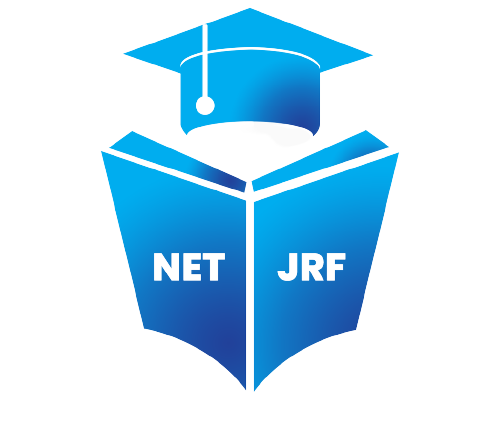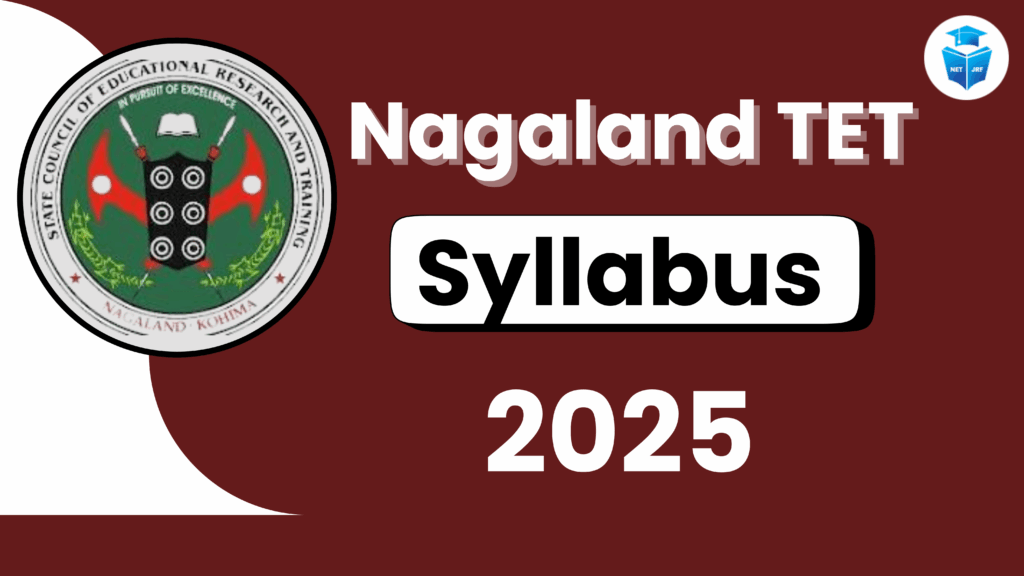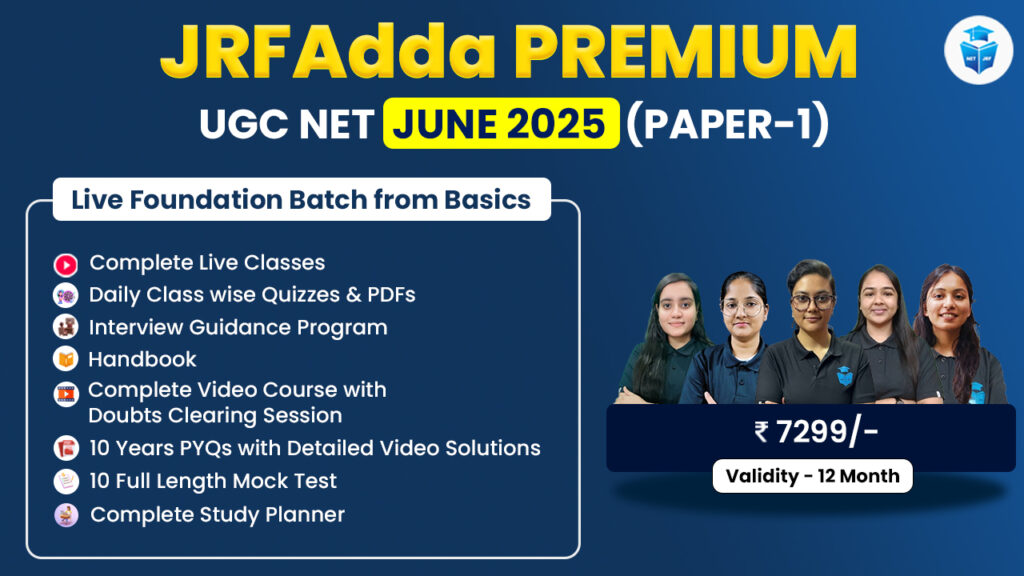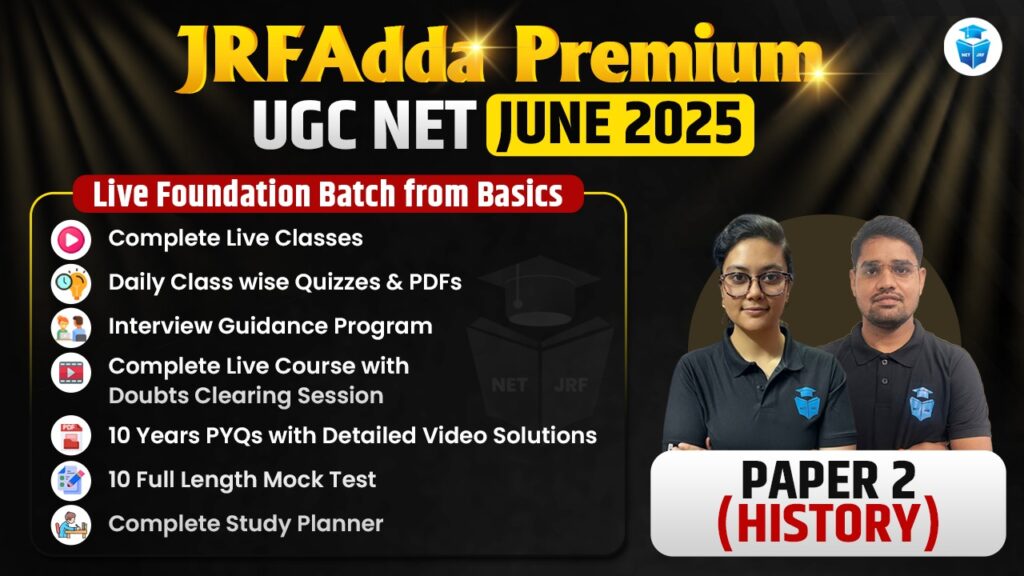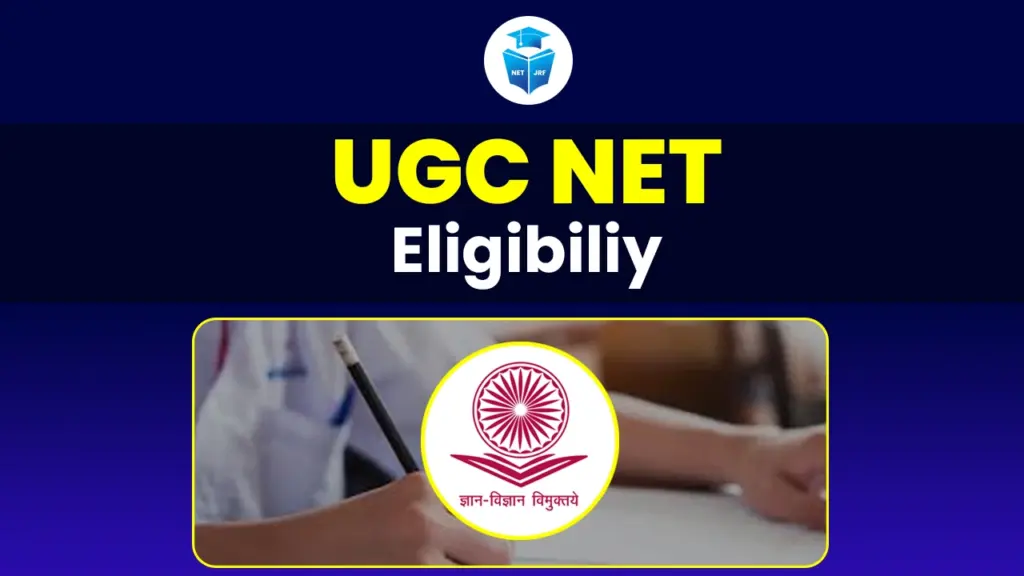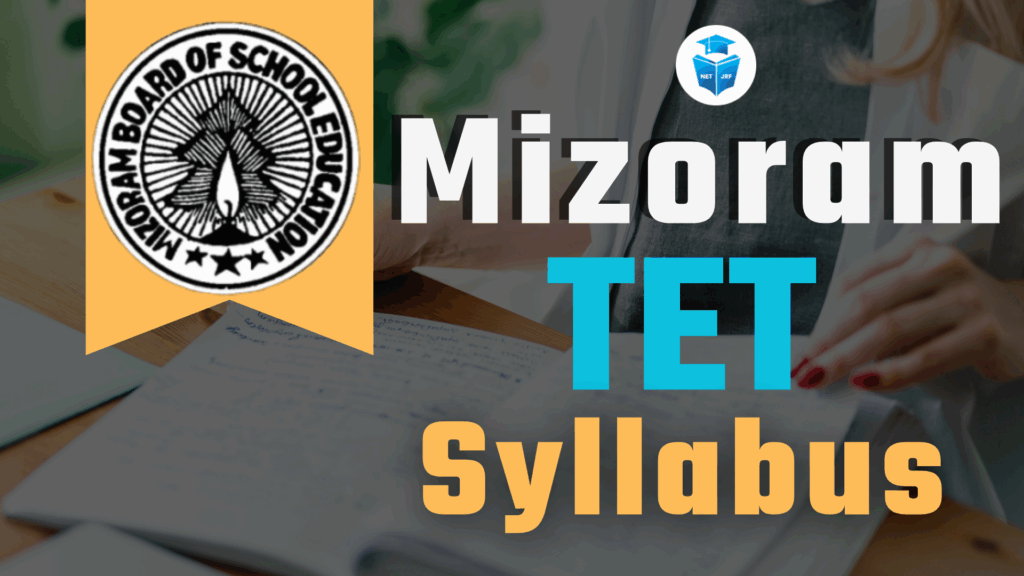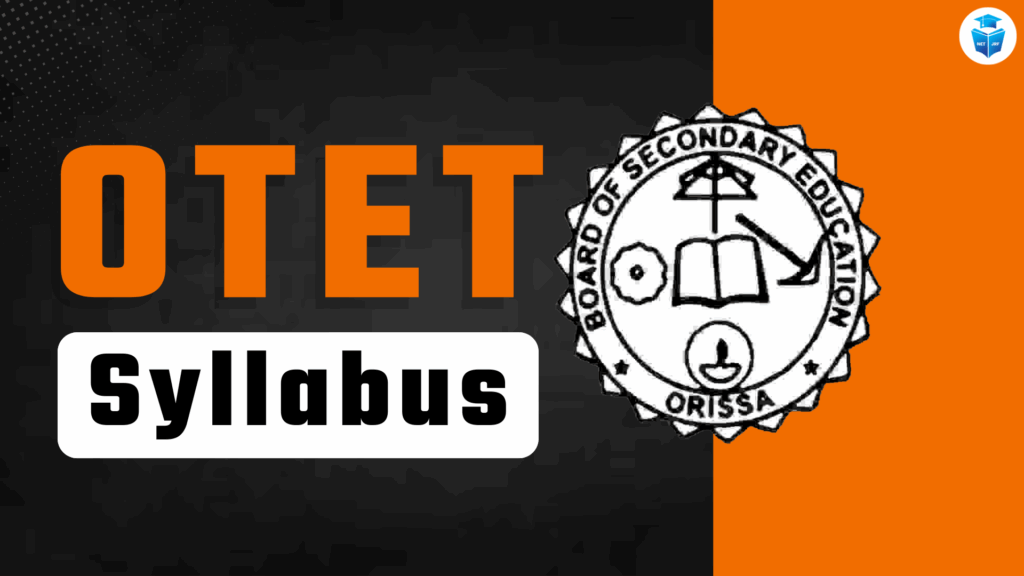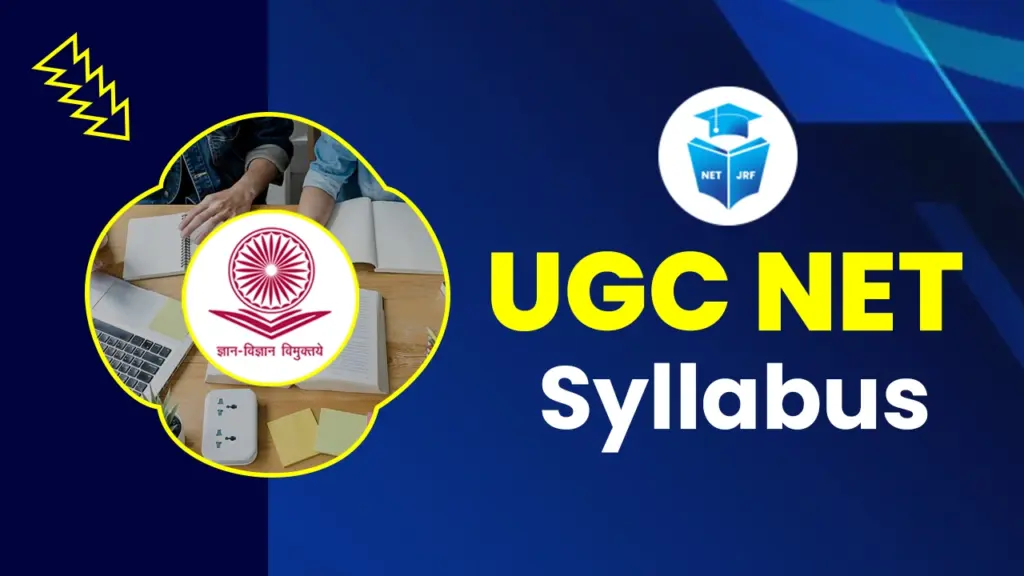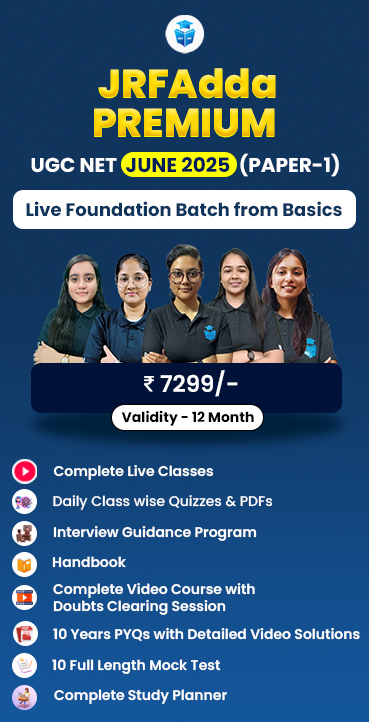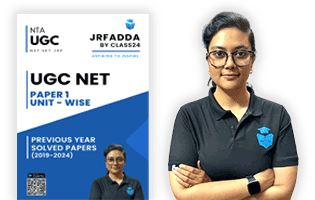Nagaland TET Syllabus 2025 Exam Highlights
Nagaland TET Syllabus 2025, including exam highlights, paper-wise syllabus for Paper I and Paper II, exam pattern, admit card details, result process, and important FAQs. The Nagaland Teacher Eligibility Test (NTET) 2025, conducted by the Nagaland Board of School Education (NBSE), is a state-level exam for aspiring teachers of Classes I–VIII.| Feature | Details |
| Conducting Body | Nagaland Board of School Education (NBSE) |
| Exam Name | Nagaland Teacher Eligibility Test (NTET) 2025 |
| Mode of Exam | Offline (OMR-based) |
| Type of Questions | Objective-type (Multiple Choice Questions – MCQs) |
| Papers Offered | Paper 1 (Classes I to V), Paper 2 (Classes VI to VIII) |
| Total Marks per Paper | 150 |
| Duration per Paper | 2 hours 30 minutes |
| Official Website | NBSE Official Website |
Nagaland TET Syllabus 2025 Paper I
The Nagaland Teacher Eligibility Test (TET) 2025 is an essential examination for aspiring teachers who wish to teach at the primary school level, specifically Classes I to V. To clear Paper I of the Nagaland TET, candidates must thoroughly prepare for various subjects that test their understanding of child development, pedagogy, language proficiency, mathematics, and environmental studies. In this article, we will provide a detailed breakdown of the Nagaland TET Syllabus 2025 Paper I, helping candidates align their study plan with the exam requirements.Child Development & Pedagogy
The Child Development & Pedagogy section of Paper I is designed to assess the candidate’s understanding of how children grow, learn, and develop in the school environment. This subject also evaluates the candidate’s knowledge of teaching methodologies that foster inclusive education. Key areas to focus on include:- Developmental stages of children: Cognitive, emotional, and social development in children.
- Learning processes: Understanding how children learn and the role of teachers in facilitating that learning.
- Inclusive education: Teaching strategies that cater to children with diverse learning needs, including children with disabilities.
- Pedagogical strategies: Classroom management, teaching techniques, and assessment methods that promote effective learning.
Language I (English/Naga Language)
Language proficiency is critical for effective teaching, and Language I (either English or a Naga Language, depending on the candidate’s choice) is an essential component of Paper I. This section evaluates the candidate’s ability to understand and communicate effectively in the chosen language. Key areas to cover include:- Grammar: Focus on parts of speech, sentence structure, and correct usage of language.
- Comprehension passages: Understanding and analyzing written text, and answering questions related to it.
- Language development activities: Exercises that enhance reading, writing, and speaking skills, with emphasis on vocabulary and expression.
Language II (Hindi/English/Naga Language)
The Language II section of Paper I evaluates the candidate’s proficiency in an additional language (Hindi, English, or another Naga language). The section is similar to Language I but aims to test the candidate’s versatility in multiple languages. This section includes:- Language proficiency: Understanding the syntax and semantics of the chosen language.
- Communication skills: Ability to express thoughts clearly in the second language.
- Advanced grammar: Focus on complex grammatical structures, such as tenses, voice, and direct/indirect speech.
Mathematics
The Mathematics section tests candidates on their understanding of basic mathematical concepts necessary for teaching children in Classes I to V. This section is designed to assess the candidate’s problem-solving abilities and knowledge of fundamental mathematical operations. Key areas to focus on include:- Number system: Understanding of whole numbers, fractions, decimals, and basic arithmetic operations (addition, subtraction, multiplication, and division).
- Geometry: Basic shapes, measurements, symmetry, and understanding geometric properties.
- Problem-solving strategies: Applying mathematical concepts to solve real-life problems.
- Data handling: Basic concepts of collecting, organizing, and interpreting data.
Environmental Studies
Environmental Studies is an interdisciplinary subject that combines elements of Science, Social Studies, and Environmental Awareness. It focuses on developing a student’s understanding of their environment, both natural and social, and instilling a sense of responsibility towards preserving it. The key topics in this section include:- Ecosystems: Basic concepts of ecosystems, food chains, and the interdependence of living organisms.
- Social Studies: Basic geography, civics, and cultural awareness related to the environment.
- Science: Understanding of basic scientific principles related to nature, weather, and the human body.
- Environmental awareness: Issues like pollution, conservation of natural resources, and climate change.
Nagaland TET Syllabus 2025 Paper II
The Nagaland Teacher Eligibility Test (TET) 2025 Paper II is designed for candidates who aspire to teach Classes VI to VIII. Paper II assesses a candidate’s ability to teach upper primary school students, covering a broader range of subjects and more advanced concepts compared to Paper I. This article outlines the detailed syllabus for Nagaland TET Syllabus 2025 Paper II, including key topics in each subject that candidates need to focus on to prepare effectively for the exam.Child Development & Pedagogy
The Child Development & Pedagogy section in Paper II delves deeper into the cognitive and emotional development of children at the upper primary level, with a focus on educational psychology and effective teaching strategies. Key topics to cover include:- Cognitive development: Understanding how children develop their thinking and reasoning skills as they grow older.
- Emotional development: Recognizing the emotional needs of children and the role of a teacher in providing emotional support.
- Learning theories: Theories of learning such as behaviorism, constructivism, and socio-cultural theories.
- Educational psychology: Understanding how psychological principles can be applied to enhance teaching and learning in upper primary classrooms.
- Pedagogical strategies: Methods and techniques to foster an engaging, inclusive, and student-centered classroom.
Language I (English/Naga Language)
In Paper II, Language I tests the candidate’s proficiency in the chosen language (either English or a Naga language). This section evaluates the candidate’s skills in comprehension, grammar, and language usage. Candidates should focus on:- Reading comprehension: Ability to understand and analyze complex texts, with questions based on the meaning and interpretation of the passages.
- Grammar proficiency: A deep understanding of grammatical rules such as tense, parts of speech, sentence structure, and punctuation.
- Vocabulary and language usage: Building vocabulary and applying correct usage of words in sentences to communicate effectively.
Language II (Hindi/English/Naga Language)
The Language II section focuses on the candidate’s proficiency in an additional language. This section assesses the candidate’s ability to communicate in both oral and written forms. Key areas to cover include:- Advanced communication techniques: Focus on effective communication skills, including how to express ideas clearly and appropriately in the second language.
- Grammar accuracy: Understanding advanced grammatical concepts such as direct/indirect speech, subjunctive mood, and clauses.
- Linguistic development: Enhancing language skills through reading, writing, and speaking exercises to build fluency and comprehension.
Mathematics & Science
The Mathematics & Science section in Paper II covers both mathematical and scientific concepts essential for teaching upper primary students. This section is divided into two sub-sections: Mathematics and Science.Mathematics
Key topics to focus on include:- Algebra: Basic algebraic expressions, solving equations, and understanding patterns and sequences.
- Geometry: Concepts of lines, angles, triangles, circles, and polygons, along with their properties and theorems.
- Trigonometry: Understanding the basics of trigonometric ratios and their applications.
- Problem-solving: Applying mathematical concepts to real-world problems, including word problems and logical reasoning.
Science
Key topics to cover include:- Scientific concepts: Fundamental concepts in Physics, Chemistry, and Biology, such as forces, energy, matter, and living organisms.
- Practical experiments: Understanding the principles behind scientific experiments and their applications in the classroom.
- Scientific reasoning: Encouraging critical thinking and problem-solving through scientific investigation and analysis.
Social Studies
The Social Studies section assesses candidates’ knowledge of the social sciences, including History, Geography, Civics, and Political Science. This section aims to test how well candidates can teach the important aspects of social studies to upper primary students. Topics to focus on include:- History: Ancient, medieval, and modern history, covering key historical events, figures, and movements.
- Geography: Physical geography, including landforms, climate, and natural resources, as well as human geography, such as population distribution and urbanization.
- Civics: Understanding the political and civic systems, including rights, duties, and the constitution of India.
- Political Science: Basic concepts of governance, democracy, and the functioning of political institutions.
Nagaland TET Exam Pattern 2025 Paper I And Paper II
The Nagaland TET Exam Pattern 2025 is designed to assess the eligibility and teaching ability of candidates for primary (Classes I–V) and upper primary (Classes VI–VIII) levels. Both Paper I and Paper II will be conducted in offline mode and consist of multiple-choice questions (MCQs) with no negative marking.Nagaland TET Exam Pattern 2025 Paper I
Nagaland TET Exam Pattern 2025 Paper I is meant for candidates who wish to teach Classes I to V. It consists of five subjects: Child Development and Pedagogy, Language I, Language II, Mathematics, and Environmental Studies. Each subject carries 30 questions worth 30 marks, making a total of 150 marks.| Subject | No. of Questions | Marks |
| Child Development & Pedagogy | 30 | 30 |
| Language I (Regional Language) | 30 | 30 |
| Language II (English) | 30 | 30 |
| Mathematics | 30 | 30 |
| Environmental Studies | 30 | 30 |
| Total | 150 | 150 |
Nagaland TET Exam Pattern 2025 Paper II
Nagaland TET Exam Pattern 2025 Paper II is intended for candidates who aim to teach Classes VI to VIII. It comprises Child Development and Pedagogy, Language I, Language II, and an optional section where candidates must choose between Mathematics & Science or Social Studies. Each compulsory section has 30 questions for 30 marks, while the chosen subject area has 60 questions for 60 marks, totaling 150 marks.| Subject | No. of Questions | Marks |
| Child Development & Pedagogy (compulsory) | 30 | 30 |
| Language I | 30 | 30 |
| Language II | 30 | 30 |
| Mathematics & Science OR Social Studies | 60 | 60 |
| Total | 150 | 150 |
Conclusion
The Nagaland TET Syllabus 2025 is structured to assess the teaching aptitude and subject proficiency of candidates aspiring to become teachers. Candidates must thoroughly prepare across subjects like Child Development, Languages, Mathematics, Environmental Studies, Science, and Social Science based on the paper they choose. Understanding the exam pattern and practicing mock tests will play a crucial role in success. With the right preparation strategy, you can confidently clear the Nagaland TET 2025 and move closer to achieving your teaching career goals.Nagaland TET Syllabus 2025 FAQs
The syllabus for Paper I includes Child Development & Pedagogy, Language I (Regional Language), Language II (English), Mathematics, and Environmental Studies.
Paper II includes Child Development & Pedagogy, Language I, Language II, and a choice between Mathematics & Science or Social Studies.
Each section in Paper I carries 30 questions worth 30 marks, for a total of 150 marks across all subjects.
Paper I is for candidates aspiring to teach Classes I-V and focuses on primary education, while Paper II is for those aiming to teach Classes VI-VIII and includes more advanced topics, including specialized subjects like Mathematics & Science or Social Studies.
To prepare for the Mathematics section, focus on basic concepts like number systems, arithmetic operations, geometry, data handling, and problem-solving strategies, as outlined in the Paper I syllabus. For Paper II, also cover algebra, trigonometry, and more complex problem-solving techniques.
